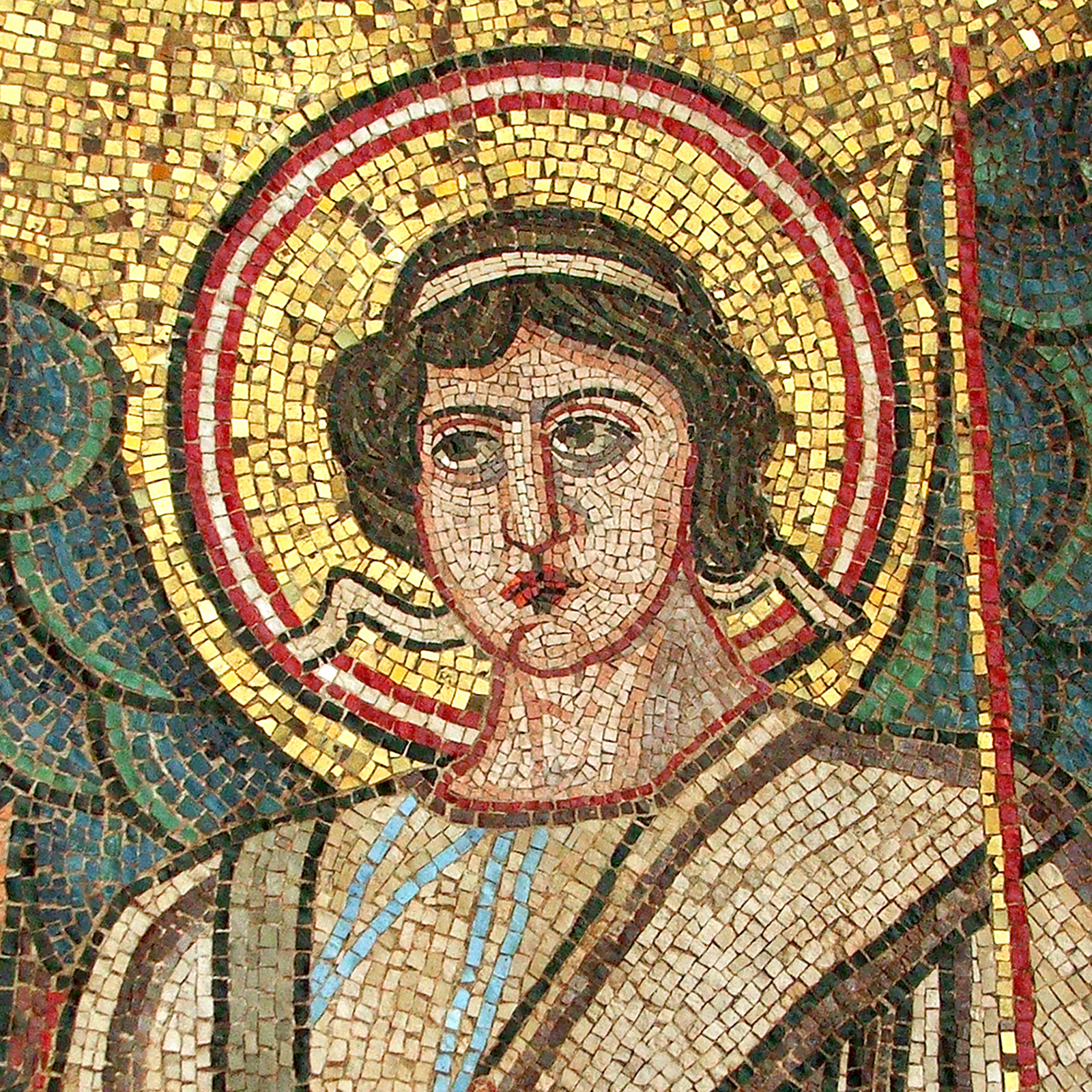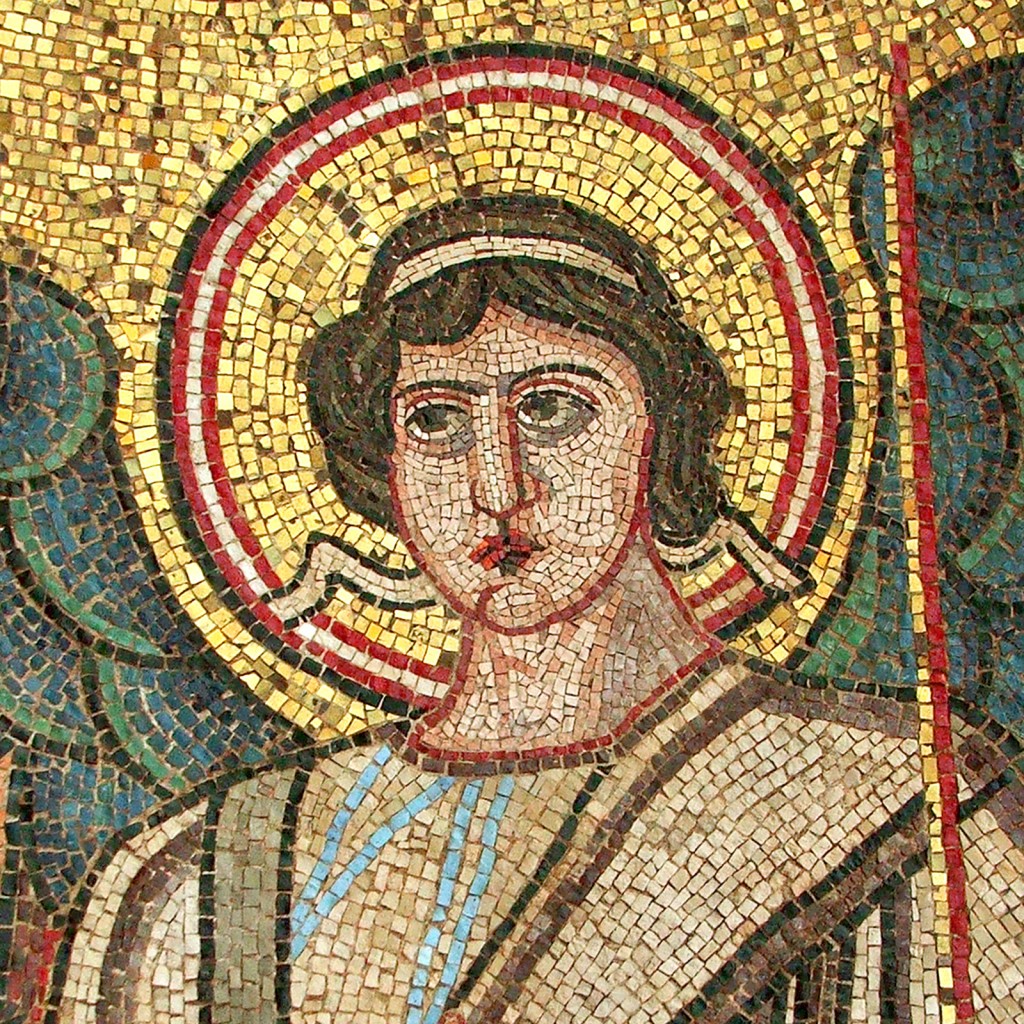On the 21st and 22nd April this year, the International Centre for the Documentation of Mosaics department of the Art Museum of Ravenna held at the Sala dei Mosaici of the Palazzo del Mutilato a conference on one of the most important Byzantine monuments of the 6th Century: the Church of San Michele in Africisco.
With this meeting, the Centre – which aims to document, enhance and promote mosaic art of every period and country – had the intention of informing Ravenna’s citizens about a monument which, although deeply changed, is still an important witness of the city’s glorious history.
The church was built during the age of Emperor Justinian, just a few years earlier than S.Vitale and S.Apollinare in Classe, as an ex-voto of Giuliano Argentario – a Byzantine court official– in gratitude for the grace the Archangel Michael had given him. It was opened in 545 and consecrated in 547 by the Archbishop Massimiano.
The inside of the building was decorated with wall and floor mosaics, though it has been greatly changed since then by various alterations and lootings. Today only some of the original wall structures stand. After the Napoleonic conquest in 1805, San Michele was purchased by Andrea Cicognani and became a fish shop. In 1840 it was sold to the antique dealer Giuseppe Buffa who made a wood store out of it and built a wall to protect its apse mosaic.
During those years an envoy of King Frederick William IV of Prussia was sent to visit the church, and he ordered the purchase of the apse mosaic. He obtained Pope Gregory III’s permission to take it to Berlin, but first it was necessary to remove the mosaic from its wall support.
Alessandro Cappi, secretary of the Accademia delle Belle Arti of Ravenna, refused to detach the mosaic and was supported in this by many citizens, such as Enrico Pazzi. Therefore Vincenzo Pajaro, a Venetian antique dealer, removed the mosaic and took it to Venice.
In 1850-1851 Giovanni Moro restored the mosaic and sent it to Berlin. In order to please Frederick William of Prussia, he remade some sections of the mosaic. He saved some original fragments and sold them. In 1904 in Berlin the mosaic was placed in one of the present Bode Museum’s rooms. We have few remains of other decorative elements: the floor mosaic with geometrical patterns was discovered in 1930, a transenna and two capitals are now hosted in the National Museum of Ravenna; other fragments are hosted in the Museum of Torcello, the Victoria & Albert Museum, London and in St. Petersburg. Today, in place of the church there is a Max Mara shop.
This meeting was dedicated to the memory of Giuseppe Bovini – Christian archaeology professor and founder of the Istituto di Antichità ravennate e bizantine, Ravenna (now Dipartimento di Archeologia dell’Università di Bologna) – who died 30 years ago. He worked hard to spread knowledge and to enhance Ravenna’s mosaic heritage with his studies and activities on Byzantine art.
The meeting was attended by the most eminent scholars in the field, and it is thanks to their contributions that we now know the answers to several questions about the San Michele in Africisco. In particular they analysed: historical events, architecture, sculpture, fragments from wall and floor mosaics, the apse mosaic in the Bode Museum, archive documents and historical founds, the origin of the church’s name, the reason for the dedication and the restorations.
These are just few activities to learn more about San Michele in Africisco. In the next months the proceedings of the meetings will be published and a multimedia video about the reconstruction of the church will be made.

